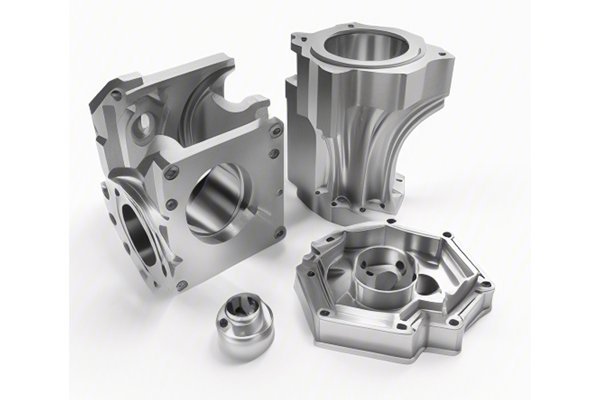Did you know that the aluminum industry has seen a consistent growth rate of about 5% annually, fueled by the increasing demand for lightweight, high-strength materials in various applications, from aerospace to automotive? Yet, in this booming industry, one question looms large: how do CNC aluminum processing plants ensure the quality and traceability of their aluminum parts? The answer lies in integrating robust traceability systems, advanced technologies, and stringent quality control measures. In this comprehensive blog, we will delve into the core aspects of establishing an accurate quality traceability system in CNC aluminum processing plants, exploring the technologies and methodologies that underpin effective practices in the field.
Understanding Quality Traceability in CNC Machining
Quality traceability is the ability to track and document the history of parts throughout the manufacturing process, from raw materials to finished components. This practice is vital in the CNC machining industry, especially when dealing with critical applications where performance and safety are paramount (like aerospace or medical industries). Traceability ensures that manufacturers can pinpoint any issues back to their source, enabling swift resolutions and maintaining high standards.
Importance of Quality Traceability
The Components of an Effective Traceability System
To establish an accurate traceability system for aluminum parts, CNC processing plants typically implement several key components:
Tracking begins at the raw material stage. Aluminum alloys should be sourced from verified suppliers, with each batch accompanied by certification data that can be traced back to its origin. This information should include:
Having comprehensive records from the outset ensures that components manufactured meet required specifications.
To manage the vast amount of data associated with manufacturing processes, many plants employ barcode or RFID (Radio Frequency Identification) systems. Each aluminum part is assigned a unique identifier, which is linked to all relevant data, including production history, inspection results, and any non-conformance issues.
Throughout the CNC machining process, maintaining accurate documentation is crucial. This includes:

Quality Control Methodologies
The extent of traceability is inherently linked to the quality control methodologies that a CNC aluminum processing plant adopts. A systematic approach to quality assurance not only supports traceability but enhances overall product quality.
SPC involves using statistical methods to monitor and control manufacturing processes. By identifying trends and variations in parameters like dimensions, temperature, and speeds, plants can intervene before issues result in defects.
FMEA provides a structured approach for identifying potential failure modes in processes and assessing their impact. By analyzing the risks associated with different machining operations, actions can be taken to mitigate the likelihood of defects, thus enhancing traceability.
Implementing Advanced Technologies
With the advent of Industry 4.0, CNC aluminum processing plants are increasingly using advanced technologies to improve their traceability systems:
Smart manufacturing technologies through IoT enable real-time monitoring and data collection from CNC machines. This means that every machining operation’s data can be seamlessly captured and analyzed for quality assurance. Conditions can be measured during production, ensuring that the parts maintain quality throughout the manufacturing process.
The integration of data analytics and machine learning facilitates pattern recognition and predictive analysis. By analyzing historical data, these technologies can identify trends that may lead to defects, allowing plants to adjust processes proactively.
Employee Training and Engagement
A traceability system will only be as effective as its users. Regular training programs should be conducted for employees to ensure they understand the importance of quality traceability and how to use associated tools and systems. Engaged employees can add tremendous value by identifying potential areas for improvement.
In conclusion, establishing an accurate quality traceability system in CNC aluminum processing plants is essential for maintaining high quality, ensuring compliance, and enhancing customer trust. By focusing on components such as raw material identification, implementing barcode/RFID technologies, maintaining thorough process documentation, and utilizing robust quality control methodologies, manufacturers can significantly improve traceability.
The integration of advanced technologies, including IoT and machine learning, enhances the ability to monitor processes in real-time and predict potential issues before they occur.
As the demand for precision and quality in manufacturing continues to rise, understanding and implementing effective traceability systems will be more critical than ever. This blog is worth thinking about because it not only highlights the importance of traceability in CNC aluminum processing but also empowers manufacturers to adopt best practices that deliver outstanding results. Emphasizing quality and traceability will set businesses apart in a competitive market, ensuring they are leaders in both innovation and reliability.
By investing in these practices, CNC aluminum processing plants can pave the way for sustainable growth and a solid reputation in the industry, ensuring they meet the evolving needs of their customers and markets alike.






